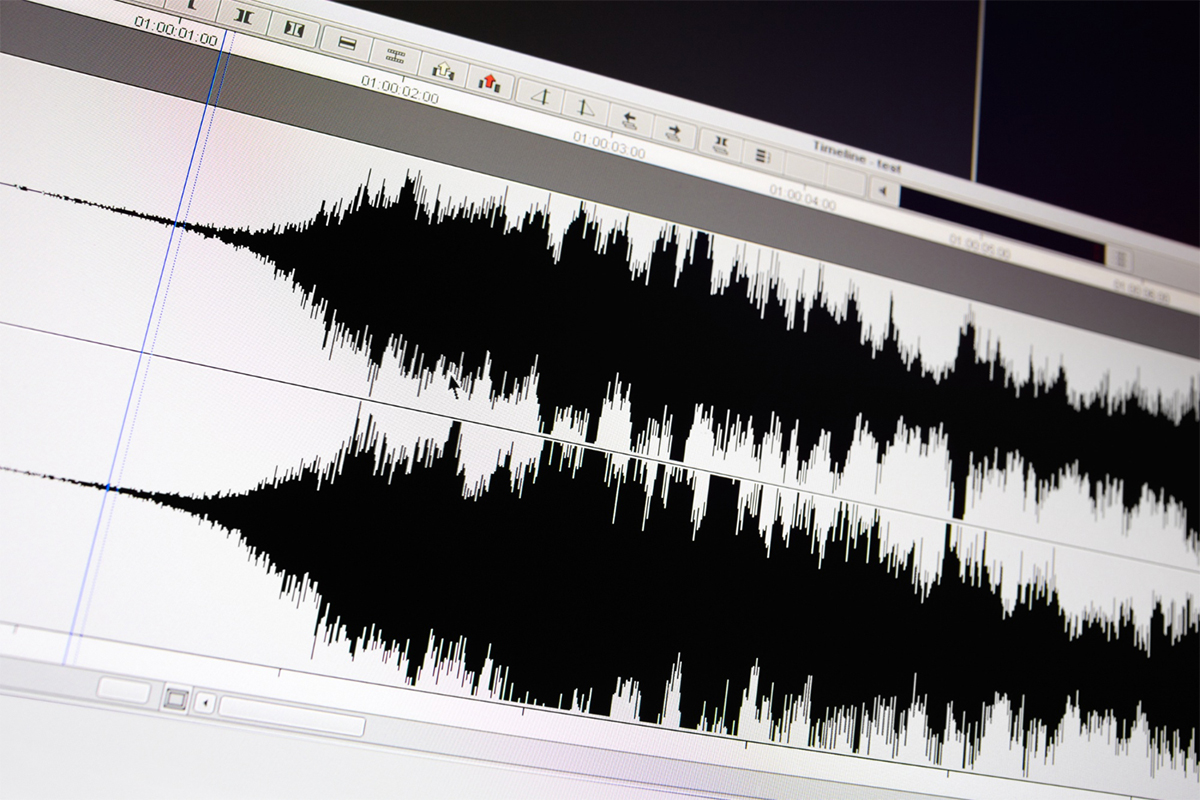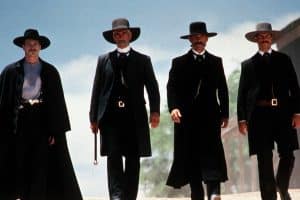What’s the difference between lossy and lossless audio? In this article, we’ll lay it all out.
You’re probably familiar with the RAW format when working within the filmmaking and photography industries. The RAW image contains the unprocessed data from the camera’s image sensor. A similar process occurs in audio. The digital data can be uncompressed, just like RAW, as well as compressed resulting in smaller file sizes.
In this article, we’ll explore the two types of audio compression formats: lossy and lossless audio.
What Are Lossy and Lossless Audio formats?
Audio can come in both uncompressed and compressed formats. Uncompressed refers to the audio not being compressed, thus keeping all the data. This is typically found in the WAV format. However, this format takes up a lot of space and has difficulty streaming over the internet. In order to fix these issues, the audio data has to be compressed. This involves two categories: lossy and lossless. But what’s the difference between the two?
Lossy audio refers to a digital format that undergoes some removal of audio data information in the compression process in order to reduce the file size. The audio that is essentially removed is considered inaudible or irrelevant; thus, it’s not inherently noticeable to the listener that there’s data missing. Of course, the benefit is smaller file sizes, making it perfect for storage and streaming. The downside is that in comparison to uncompressed formats, there is a loss in quality.
Lossless audio is a digital format wherein all the audio data is preserved after being decoded and reconstructed, resulting in a file that is identical to the recorded source. When comparing this to lossy audio, the quality is higher. While this retains all the data, the file size will be large but, in fact, smaller than an uncompressed file. Lossless audio formats are highly favored by professional audio engineers due to the upkeep in quality, but precautions are made to compensate for the larger files that come with them.
Types of Lossy and Lossless Audio Formats
As you may know, audio comes in a few different formats. Some examples include MP3, AAC, FLAC and ALAC. Each comes under either lossy or lossless forms.
Some of the most popular lossy formats include MP3 and AAC. MP3 has been around since the 1980s and is widely used in the audio industry, specifically in music. It is typically 1/10th of the size of a WAV file, which saves a ton of space. The sound quality can be adjusted through parameters including sample rate and bit rate. AAC (Advanced Audio Codec) is a newer format that is a successor to MP3. The difference is that AAC is known for its higher quality at lower bitrates than MP3.
FLAC (Free Lossless Audio Codec) is a popular lossless format that is popular amongst audiophiles. It’s an open-source format that can compress audio files to around half their original size without the loss of audio data. Another example of a lossless format is ALAC (Apple Lossless Audio Codec), which is tailored to Apple products and offers more compression in comparison to FLAC.
When Would You Use Lossy Audio Formats?
The appeal of lossy audio formats is their small file sizes and increased flexibility across devices. Here are a few examples of when and where you would use lossy audio:
- Lossy formats are used primarily for streaming purposes. As the files are smaller, this reduces data usage and transmission bandwidth, resulting in a smoother streaming experience. Spotify primarily uses lossy formats, but other services such as Tidal, Apple Music, and Amazon Music offer lossless audio.
- Lossy Audio is perfect for storing music on portable devices due to its limited storage space.
- Low-quality recordings can benefit from using a lossy audio format. As the quality isn’t up to a high standard, there’s no great need to use a lossless format. The difference will be almost entirely undetectable! (You may as well save your storage space for better-quality projects!)
- Limited storage means that smaller file sizes may be a bigger priority than quality. If you’re working on a small project but have limited space, using lossy formats will be more convenient within your workflow.
Lossy audio is more about convenience over quality. It’s more practical for personal uses instead of professional applications, and it’s a lifesaver for any creator who doesn’t have the budget to upgrade their storage space!
When Would You Use Lossless Audio Formats?
Lossless Audio formats are important when working in the professional field due to the preservation of the audio data. Audio will most likely be played on industry-standard sound systems; thus, the audio quality reigns supreme. Here are a few scenarios wherein lossless audio formats are used:
- Professional audio production will benefit from using lossless audio. From recording to mixing to mastering, as the details within these processes are paramount, preserving the audio information allows for cleaner and more professional results.
- Lossless formats have higher-quality playback. As previously mentioned, when using industry-level sound systems (home theater systems or high-end headphones), you can really hear the superior quality of these systems.
- If you have audio that needs to be archived, using lossless is common. This allows for the preservation of the original audio without losing the quality. You then have the option of compressing later if needs be.
- Lossless audio could simply be used because you just prefer it. If you’re an audio or music enthusiast, then using lossless will benefit you more than using lossy formats. Sound designers will highly benefit from lossless audio because, when manipulating sound, having all the data there in the first place will result in better quality sound after all the processing.
In conclusion, lossless audio is generally favored in the professional field, at the cost of storage space. If you prefer higher quality, then prepare yourself by ensuring you have enough storage to compensate for this.
Cover image via Freepik.
Looking for filmmaking tips and tricks? Check out our YouTube channel for tutorials like this . . .



